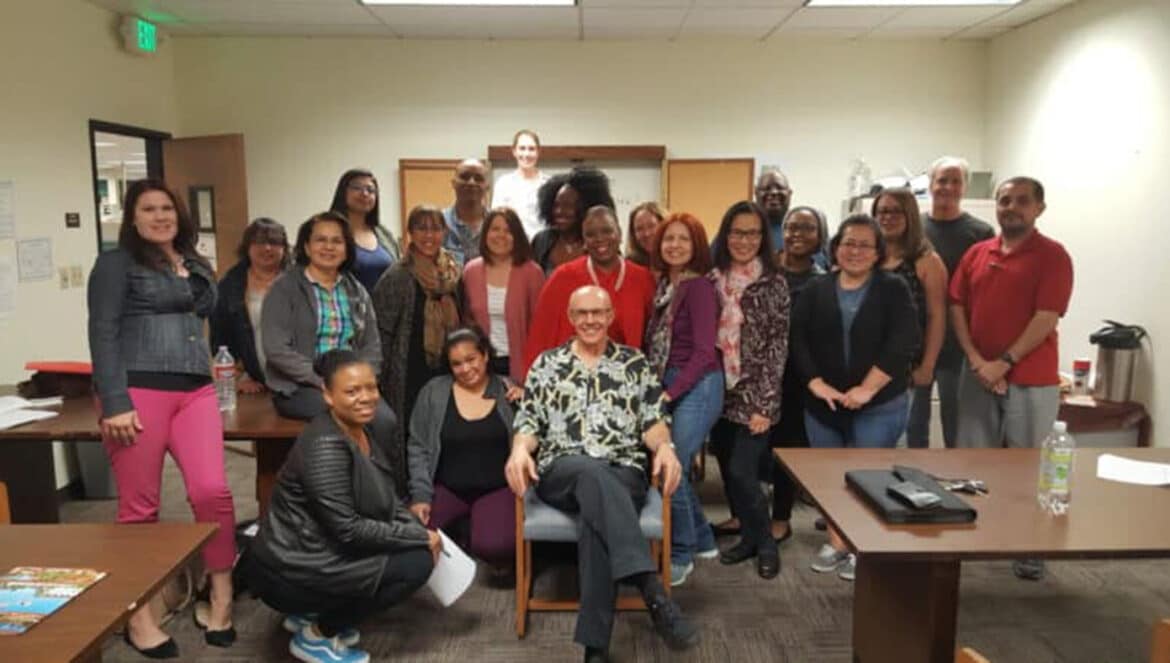Listen to the Article:
In 20+ years as an educator, and having earned an Ed.D. in Organizational Leadership and studied most of the major leadership styles (Servant, Transformational, etc.) I’ve created my own- Humanistic Leadership. I believe that in order to learn how to lead and manage, you must develop the building blocks of Leadership (vision) and Management (identifying and solving problems) are not about theory – they’re about how to deal with and empower your most important asset – your people.
If you are in a leadership or management position in education, or planning to be, it’s my hope that the following ten rules will help you master education management and guide you to produce the results you’re after.
1. HIRE GREAT PEOPLE. In addition to the hard skills someone needs in order to do the job, you’re looking for the things that cannot be taught: intelligence, good critical thinking skills, a willingness to learn, being personable – and someone you can get along with.
2. HAVE YOUR TEAM BE INVOLVED IN THE PROCESS of hiring new people. Don’t play “boss” by forcing your choice on others. Your employees will have to live with this new person. If they didn’t have any say in bringing them on board, you’ll be injecting a virus into your environment. Viruses get rejected by the host.
3. TRAIN YOUR PEOPLE. One of the dysfunctional characteristics of business is that companies don’t train people. People want to do well. Guide them in understanding how to navigate the culture of your organization. The most important thing a new employee can learn is “how things work around here.”
4. EVERYONE’S DIFFERENT. Treat all your employees as individuals. What motivates one person may not necessarily motivate another.
5. ACKNOWLEDGE THE MEMBERS OF YOUR TEAM. I thank my employees every day before they leave work. I know they do good work, but I want them to know I recognize and appreciate their efforts. Reward them in tangible ways, too: lunches, drinks after work, birthday and work anniversary celebrations, raises, bonuses, days off, etc. Trips to conferences and conventions are a great perk – everyone needs to get out of the office occasionally, no matter how good a work environment you’ve created.
6. BE THE CALM CENTER. Your job is to handle problems, to be the calm center of the storm when they arise – which is constant.
7. BE A GIANT EAR. A leader/manager needs to be a combination of amateur therapist/priest. The members of your team may come to you to fix a problem and “make it all better.” Maybe there is nothing you’ll have to do. Just listen. People need to vent. They can often find the solutions themselves.
8. ALWAYS CHECK YOUR TEAM’S BODY LANGUAGE. It never lies. People tend to work too hard and too much, and their bodies rebel, and then they get sick. Part of your job is to monitor your team’s well-being. Encourage them to maintain balance in their lives. They’ll often be harder on themselves than you could ever be. Be kind to them – and train them how to be kind to themselves.
9. LEAVE YOUR PEOPLE ALONE to do their jobs. You hired great people; encourage their ideas. They’re “on the ground,” the infantry, so to speak, while you’re somewhat removed from the day-to-day. They see things you don’t (and vice versa). Be humble: they’ll have ideas for improving processes and workflow that would never have occurred to you. Embrace their ideas. Tweak those ideas as needed, but make it okay for them to suggest the outrageous.
10.PROCESS VS. RESULTS. The mantra needs to be: “How little work can we do?” (in other words, how efficiently can we use our time?). Let your team be responsible for the process (how things are done). You focus on quantifiable results. Work with your team to set goals they can accomplish – and win.
You want to get your ego out of the way so that winning becomes a collective endeavor. A great leader is essentially a gardener. If you do it right, you’ll be creating a safe environment for your people. Then you protect and nurture that environment so they can grow and flourish. It really is all about “doing well by doing good”.

